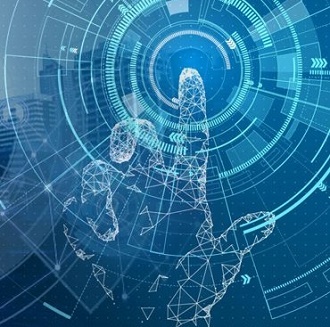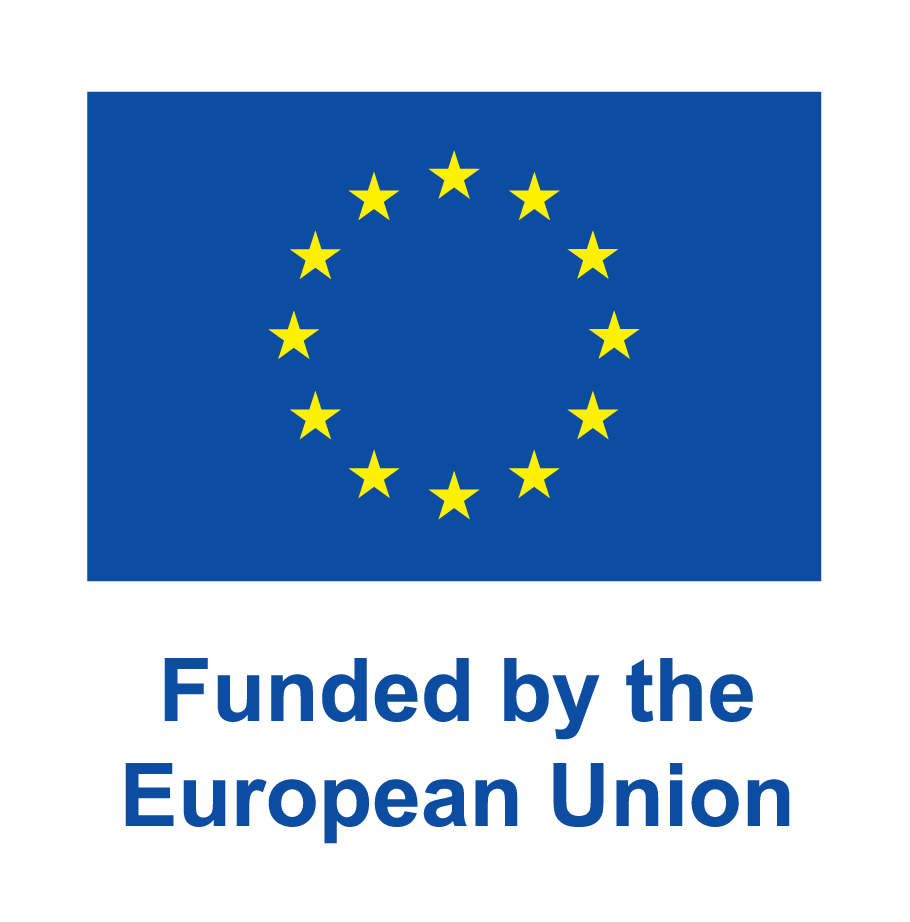EMN study in collaboration with the Organisation for Economic Co-operation and Development (OECD) on the use of digital technologies and artificial intelligence in migration management in EU and OECD countries. The research maps the use of these technologies, especially their added value and limitations, information security and privacy.
Study EMN-OECD | Digitalisation, AI
Study: The use of new digital technologies and artificial intelligence in migration management
10 February 2022
EMN-OECD Inform: 'The use of digitalisation and artificial intelligence in migration management'
Research period - August 2021 - January 2022
Participating countries - Belgium (BE), Bulgaria (BG), Cyprus (CY), Germany (DE), Estonia (EE), Finland (FI), France (FR), Hungary (HU), Ireland (IE), Italy (IT), Croatia (HR), Latvia (LV), Lithuania (LT), Luxembourg (LU), the Netherlands (NL), Autria (AT), Poland (PL), Portugal (PT), Slovenia (SI), Slovakia (SK), Spain (ES), Czech Republic (CZ), Sweden (SE); plus Georgia (GE), Norway (NO)
Scope
- Role of digitalisation and artificial intelligence (AI/artifical intelligence) in migration and asylum management in EU Member States (plus Georgia, Norway)
- Use of digital technologies in migration, asylum and naturalisation procedures, including the digitalisation of application processes, the use of AI to support decision-making processes and migration forecasting, and blockchain technology

Research questions
- Do Member States use online systems or digital technologies to manage residence permits and/or naturalisation procedures? In what year were these systems introduced?
- Do Member States use, or plan to use, blockchain technology for migration management?
- When using blockchain technology, what is the added value and what are the limitations of this technology?
- Do Member States use AI in migration management and/or naturalisation procedures (such as ID management, combating document fraud, determining origin in the asylum procedure, identification by language) and information provision (such as translation tools, chatbots)?
- When using AI for 1) migration management/naturalisation procedures and 2) forecasting, what is the added value and what are the limitations of its use?
- Do Member States use AI to carry out migration forecasting, or do Member States plan to do so?
- If a Member State uses (a) online systems, digital technology, or (b) AI or (c) blockchain technology, what are the fundamental rights, including data protection and considerations that the Member State faced and how were they addressed?
Publications EMN Study 'The use of digitalisation and artificial intelligence in migration management'
- EMN Inform, 10 February 2022
- EMN Press release,10 February 2022
Publications EMN Netherlands 'The use of digitalisation and artificial intelligence in migration management'
- News release (with summary): 'Increase of digitalisation in migration processes in Europe due to COVID-19 pandemic', 10 February 2022


